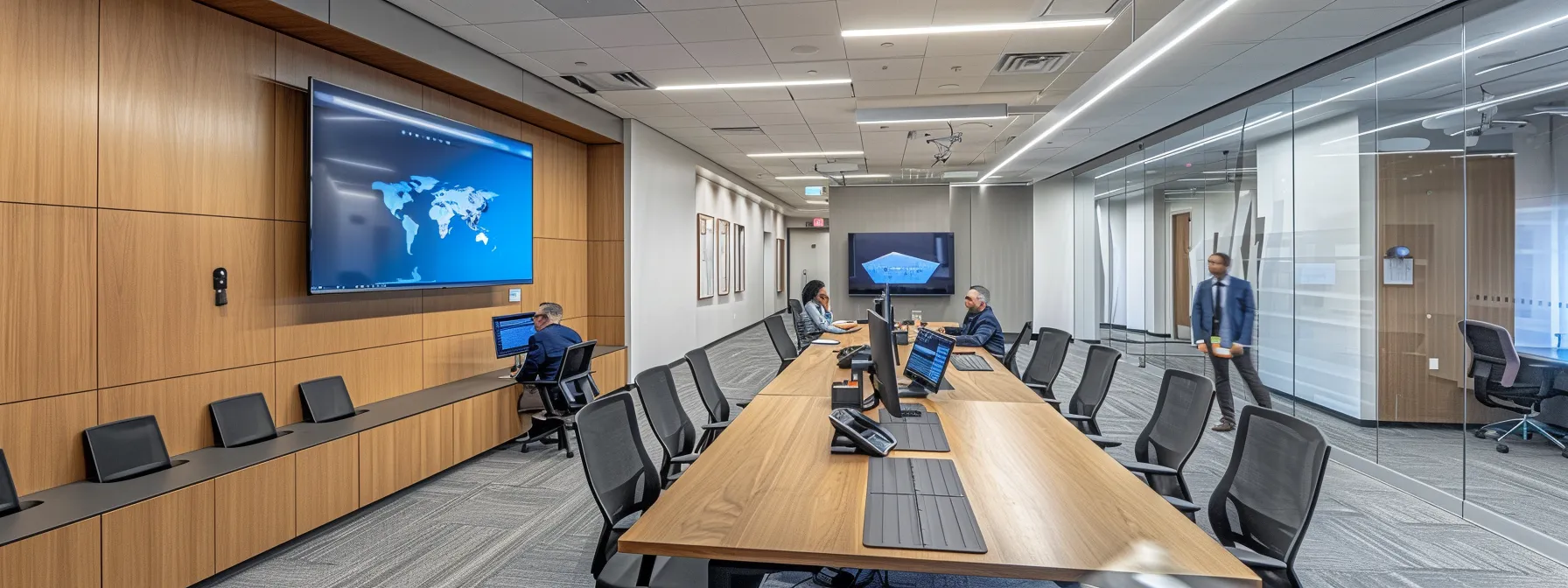A Look at the Benefits and Development of Computer Telephony Integration
In the landscape of customer service and business communication, Computer Telephony Integration (CTI) plays a pivotal role. This technology bridges the gap between telephones and computers, leading to a transformation in the ways organizations interact with their customers. As we dive into the intricacies of CTI, we will discover its myriad benefits, from enhancing customer experience to improving the bottom line of businesses. Stay tuned as we unravel the significance and potential of CTI in this dynamic digital era. Below, we examine its various aspects in detail.
Understanding Computer Telephony Integration and Its Significance in Modern Communication

Computer Telephony Integration (CTI) is a technology that connects computers with telephone systems, enabling businesses to manage calls seamlessly within a desktop environment. This integration streamlines communication by offering features like call routing, screen pop-ups with caller details, and click-to-dial tools, which enhance efficiency and personalize customer interactions.
For those wondering, what is a CTI?, it’s a pivotal tool that centralizes communications, customer data, and service delivery. Businesses across industries use CTI to elevate customer service and stay competitive in the digital age, ensuring smoother interactions and an improved customer experience.
Enhancing Customer Experience with Computer Telephony Integration
CTI (Computer-to-Intellectual) integration enables businesses to customize customer interactions to individual needs, resulting in smoother, more attentive service. This technology improves response times by allowing representatives to handle inquiries quickly, benefiting both the customer and the business.
CTI also reduces human error by automating processes like dialing numbers and logging call details, ensuring accurate and easily accessible information for future reference. Advanced features like voicemail to email transcription and intelligent call routing further refine customer service, making customers feel heard and valued, and building a strong reputation for responsiveness and reliability. The impact of CTI on customer satisfaction is immense and tangible.
Streamlining Business Operations Through Computer Telephony Integration Features
CTI is a suite of features designed to streamline business operations and improve employee productivity. It integrates phone systems with CRM software, resulting in high data synchronization and workflow efficiency. This eliminates the need for switching between applications, saving time and resources. CTI also offers reporting and analytics, allowing decision-makers to gain insights into customer behavior and call center efficiency.
This information can be used to improve staffing, training, and process improvements. CTI also integrates with other business applications, creating a comprehensive communication ecosystem. Employees can access all customer-related information, resulting in a unified approach to customer interactions. CTI also streamlines internal communications, offering features like conferencing and extension mobility, making it an ideal solution for businesses seeking flexibility and remote work opportunities.
Exploring the Cost-Effectiveness and ROI of Computer Telephony Integration Solutions

CTI (Computer-to-Intelligent Systems) is a cost-effective technology that offers long-term benefits for businesses. It improves communication workflows, leading to reduced operational costs and offsets initial setup expenses. CTI increases productivity and customer satisfaction by automating call handling procedures, reducing staffing and increasing profitability.
It also fosters customer retention, which is more cost-effective than acquiring new customers. CTI solutions can be customized and integrated with existing systems, ensuring the investment remains proportional to the company’s size and needs. This scalability prevents overspending on features not currently required, contributing to a healthier bottom line.
Future Trends and Continuous Development in Computer Telephony Integration Technology
The future of Customer Relationship Management (CTI) is promising, with advancements in artificial intelligence and machine learning enhancing its capabilities. These technologies can provide intelligent call routing, predictive customer service, and advanced data analysis. Cloud computing is gaining popularity, offering flexibility and reduced maintenance costs.
CTI integration with omnichannel communication strategies is also being developed, allowing businesses to manage customer interactions efficiently across multiple platforms. The integration with Internet of Things (IoT) technology offers a new horizon for CTI, providing real-time data to inform customer service decisions and interactions, creating a more responsive and intuitive customer experience.
Altogether, the advantages provided by Computer Telephony Integration make it clear why this technology is an integral part of modern business infrastructure. By enhancing communication, boosting productivity, and delivering substantial cost savings, CTI proves to be a valuable asset for organizations seeking to excel in customer service and operational efficiency.





